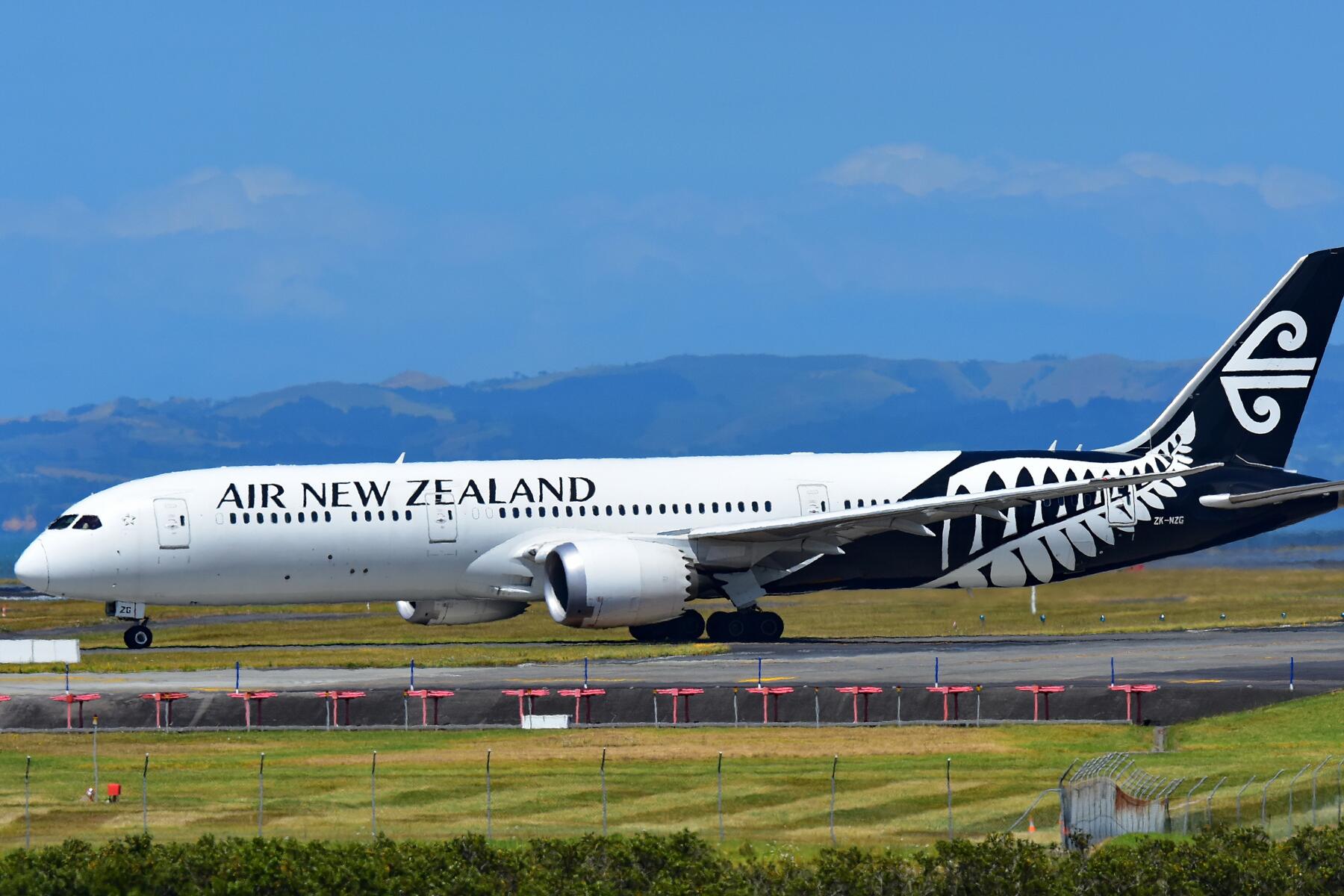"These challenges do not present a safety risk to customers flying on our 787 fleet.”
News came this week that Air New Zealand would temporarily suspend nonstop service between Auckland and Chicago. Normally that’s not news—airlines make adjustments to routes all the time, changing departure and arrival times, changing aircraft sizes to best suit demand projections, and temporarily suspending service during weaker demand periods.
What made this announcement different is that Air New Zealand cited that the route suspension—which will be effective from March 31 to October 25—is the direct result of “ongoing challenges with the availability of serviceable Rolls-Royce Trent 1000 engines which is impacting airlines around the world.”
The Rolls-Royce Trent 1000 engine is the one currently in use on Air New Zealand’s Boeing 787 aircraft, which serves the route. The company’s Chief Customer and Sales Officer Leanne Geraghty announced that the engine shortages would make up to three aircraft unavailable for an extended period, driving the decision to suspend the service so close to the planned operating dates.
The engine availability issue is driven by differences between expectations set during the sale of the aircraft and the actual operational need. After taking delivery of the aircraft, Air New Zealand discovered that the engines required more frequent heavy maintenance checks than promised by Rolls-Royce. Heavy maintenance checks are time-consuming, as they’re often sent back to the manufacturer—a significant undertaking when the engines are coming from remote New Zealand.
Recommended Fodor’s Video
Rolls Royce has not been able to offer a replacement engine solution to Air New Zealand—thus the service suspension.
Like many commercial jetliners, the Boeing 787 is offered with a choice between two different engines, manufactured by Rolls-Royce or General Electric. Airlines choose engines based on projected performance to best meet the needs of their aircraft missions and cost. Engine manufacturers typically service the engines separately from the aircraft. While the engines are interchangeable between the aircraft themselves, a 787 delivered with one engine type cannot later be fitted with the other.
Several other airlines, including British Airways, LATAM, Thai Airways and Virgin Atlantic fly Rolls-Royce powered 787s, but the American operators—Hawaiian Airlines, American Airlines, and United Air Lines have chosen the General Electric GEnx-1B engine.
Rolls-Royce isn’t the only engine manufacturer to encounter reliability issues. Pratt & Whitney’s PW1000G engine, fitted on some A321neo aircraft (which also has a delivery option from a different engine manufacturer) has also fallen short of expectations, causing some airlines to ground aircraft and cancel flights.
It’s worth noting that the engine issues do not affect safety. The engines work as designed—they simply require more frequent maintenance than was originally promised by their maker.
“Getting our customers to their destination safely is our number one priority and to do that, we need to ensure our aircraft and engines are maintained to the highest standard. These challenges do not present a safety risk to customers flying on our 787 fleet,” explained Geraghty in a statement.
The aircraft groundings are expensive but airlines typically negotiate compensation from engine manufacturers if their products aren’t meeting expectations. Passengers, in the meantime, don’t need to do much to solve the problem, aside from making sure their contact information is correct so the airline can reach them with rebooking options if their flight is cancelled because of engine availability issues.
For Air New Zealand passengers, the airline was also quick with a reminder that even though Chicago service is suspended the airline operates 35 flights a week between New Zealand and six other airports in North America—Honolulu, Los Angeles, San Francisco, Vancouver, Houston, and New York Kennedy.
Rolls-Royce Trent 1000 engines are manufactured in Germany and the United Kingdom.





